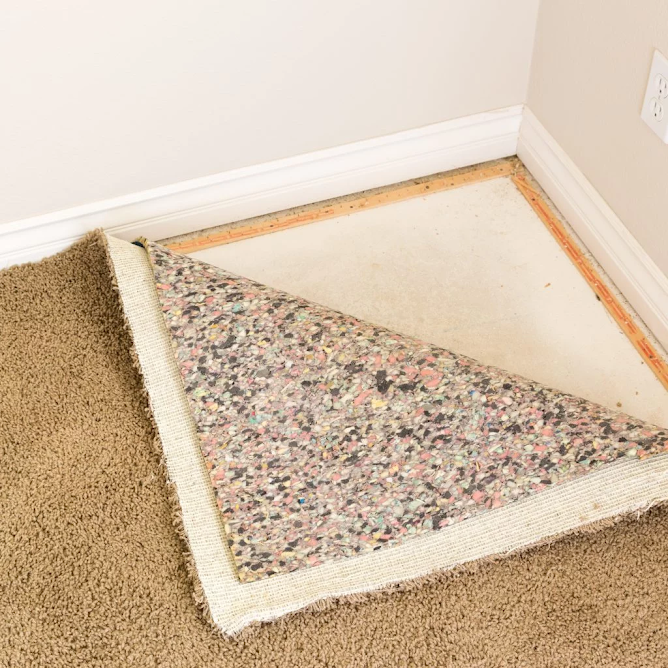How Does Decking Flooring Improve the Overall Energy Efficiency of Your Home?
A sturdy material that is either wooden or metal
Decking flooring is a type of floor that covers and protects a building’s frame. It consists of a sturdy material that is either wooden or metal. Its main function is to support the load of a building’s floors while at the same time protecting it from natural and man-made damage. There are several different types of decking flooring, each with its own advantages and disadvantages. For example, wood can easily rot while plastics are resistant to mold and mildew.
Regularly cleaning, sanding and dyeing the surface
Wood decks require a great deal of maintenance in order to remain beautiful and in good condition. This includes regularly cleaning, sanding and dyeing the surface. It is also important to protect wood from rain and other water damage by sealing it with a clear sealer. This will prevent stains and help the color of the wood to last longer. However, a clear sealer will not prevent the color from fading with exposure to sunlight.
Tigerwood is the perfect choice
If you are interested in a low maintenance and environmentally friendly option for your home or commercial building, then tigerwood is the perfect choice. This Brazilian species is known for its gorgeous brown and black streaks on reddish brown to light golden-brown colored wood. It is also resistant to rot and possesses extreme durability, giving it an expected life span of over 30 years. However, like all hardwoods, it is not immune to damage from insects and fungi.
Composite metal floor deck is a method for strengthening floors while adding minimal weight to the structure of the building. This type of floor is typically used for bridges, airport runways and industrial floors. It is available in a wide range of thicknesses and profiles. The type of decking that is specified for a specific project will be based on the design specifications and the required loading.
The strength of each profile type and gauge
The strength of a composite metal floor is produced by the FormLok embossments that are applied to each panel. These are tested to determine the strength of each profile type and gauge. The embossments do not add any extra weight to the panels and are an integral part of the overall strength of the floor slab.
Metal Decking flooring is available in a variety of sizes and shapes to fit any building's frame. It is generally installed over a subframe of wood, steel or concrete. It can be fastened to joists with Button Punch, PunchLok or Top Seam Weld connections. The connections must be made at a distance from walls or other obstructions to allow for slight expansion of the floorboards.
Conclusion
Composite deck tiles can be laid over a variety of subfloors including concrete, asphalt, wood, grass and compacted gravel. The holes on the bottom of each tile can be used to anchor the tiles into the subfloor. It is advisable to pre-drill the holes before installing to ensure that they are not drilled into any reinforcement within the building. These tiles are easy to install and can be removed and reinstalled as necessary without damaging the rental property.



Comments
Post a Comment